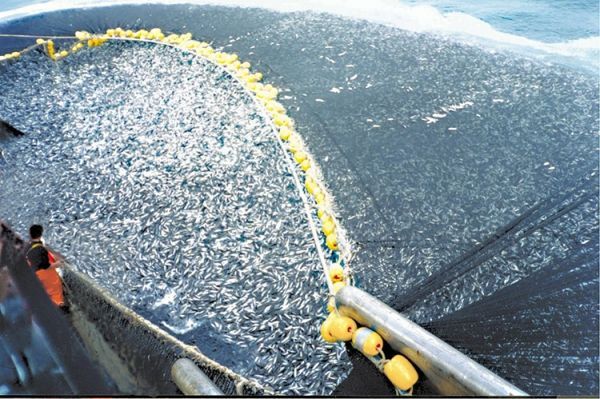The smallest plants and creatures in the ocean power entire food webs, including the fish that much of the world’s population depends on for food, work and cultural identity.
In a paper published in Science Advances, NOAA Fisheries researcher Jason Link and colleague Reg Watson from the University of Tasmania’s Institute for Marine and Antarctic Studies suggest that scientists and resource managers need to focus on whole ecosystems rather than solely on individual populations. Population-by-population fishery management is more common around the world, but a new approach could help avoid damaging overfishing and the insecurity that brings to fishing economies.
“In simple terms, to successfully manage fisheries in an ecosystem, the rate of removal for all fishes combined must be equal to or less than the rate of renewal for all those fish,” said Link, the senior scientist for ecosystem management at NOAA Fisheries and a former fisheries scientist at the Northeast Fisheries Science Center in Woods Hole, Massachusetts.
The authors suggest using large-scale ecosystem indices as a way to determine when ecosystem overfishing is occurring. They propose three indices, each based on widely available catch and satellite data, to link fisheries landings to primary production and energy transfer up the marine food chain. Specific thresholds developed for each index make it possible, they say, to determine if ecosystem overfishing is occurring. By their definition, ecosystem overfishing occurs when the total catch of all fish is declining, the total catch rate or fishing effort required to get that catch is also declining, and the total landings relative to the production in that ecosystem exceed suitable limits.
Read more at: NOAA Fisheries
About 400 tons of jack mackerel are caught by a Chilean purse seiner. (Photo credit: NOAA Fisheries)


